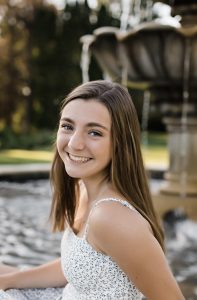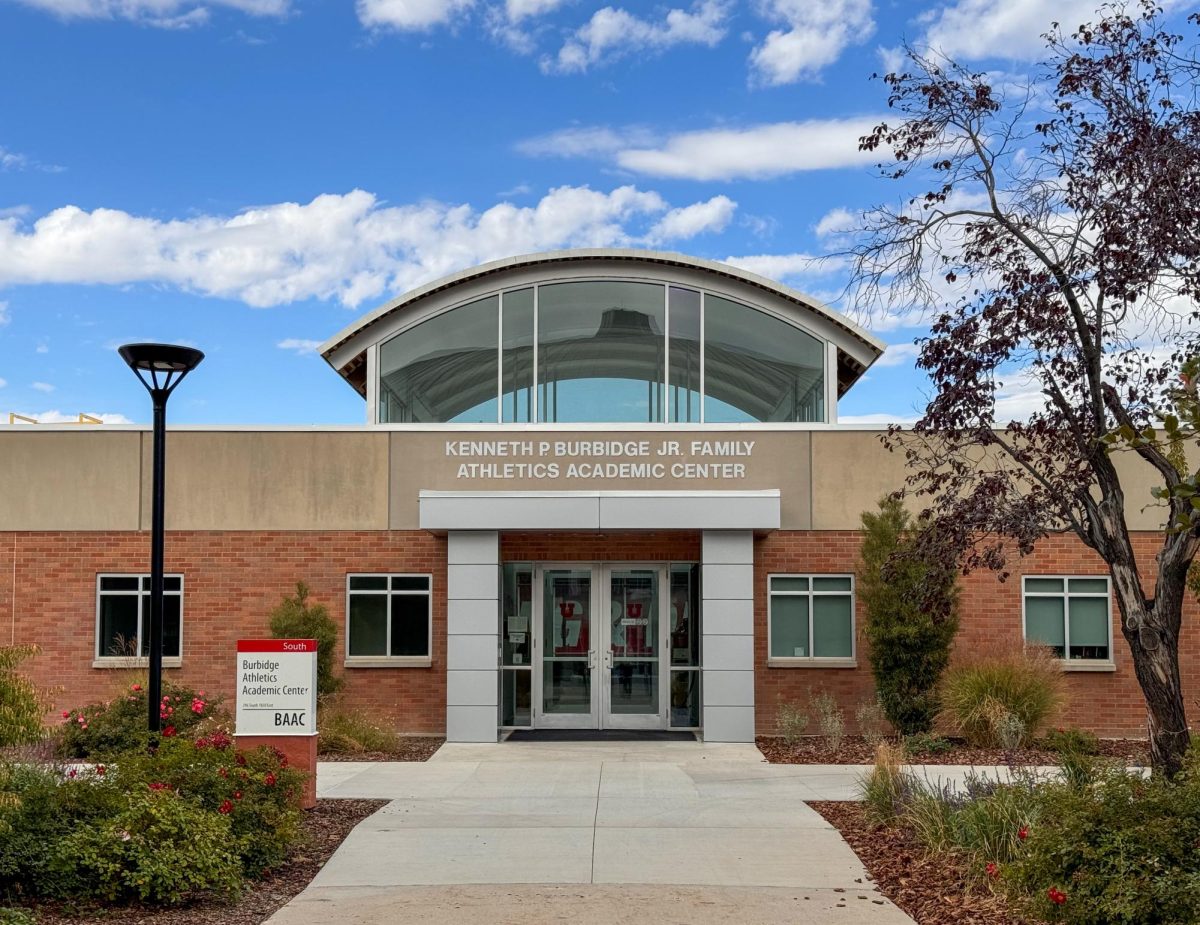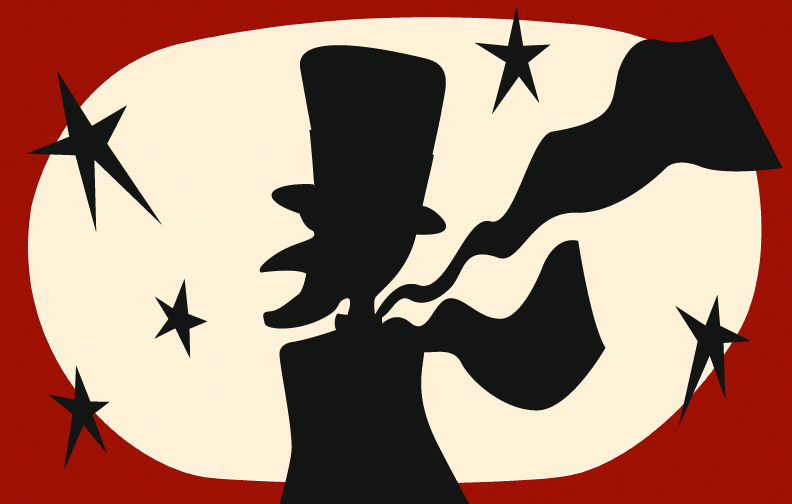Social Determinants of Health and COVID-19 Vaccine Hesitancy in Marginalized Groups
December 8, 2021
As of Dec. 2, 5,224,655 worldwide have died from COVID-19, and the numbers only continue to rise.
At first, vaccines seemed to be a light at the end of the tunnel. However, doses of Pfizer, Moderna and Johnson & Johnson, were not a cure-all. In the United States especially, many people opted out of getting the vaccine for a variety of reasons including a high survival rate of COVID-19, rushed production process or not trusting the government.
As of Dec. 1, only 59.4% percent of the United States population was fully vaccinated. However, for all of those who are not getting vaccinated, it is important to note COVID-19 does not affect everyone equally.
Minority populations in the U.S. have been disproportionately affected by COVID-19. Not only do they contract the disease at higher rates, but they also are more likely to have a severe reaction, or even die, from the disease.
The Centers for Disease Control and Prevention states that American Indian or Alaska Native, Non-Hispanic persons are 1.7 times more likely to catch, 3.5 times more likely to be hospitalized and 2.4 times more likely to die as a result of COVID-19. Additionally, Black or African American, Non-Hispanic persons are 1.1 times more likely to catch, 2.8 times more likely to be hospitalized and 2 times more likely to die as a result of COVID-19.
Minority groups are also more prone to pre-existing conditions, such as high blood pressure, diabetes or lung disease, to name a few, which result from the lack of access they have to quality healthcare and the constant prejudice they experience in society, among other reasons. Combined with coronavirus, these conditions are more likely to be deadly, which explains the numbers above.
Even among healthcare workers, Black, Hispanic and other minority individuals demonstrated increased hesitancy to receive doses of the vaccine.
In a 2021 study looking at two academic hospitals in Philadelphia, findings included that “vaccine hesitancy was increased nearly 5-fold among Black [health care workers], 2-fold among Hispanic or Latino HCWs, and by nearly 50% among Asian HCWs and HCWs who were members of other racial/ethnic groups.”
Only 5% of active physicians in the U.S. were Black or African American in 2018. Individuals have argued that having a Black physician treat a Black patient is more successful as the doctor has a better understanding of their clinical, cultural and other needs.
Nora Wood is an adjunct associate professor in the political science department at the University of Utah. In her health professions LEAP classes, she focuses on how socioeconomic, racial, ethnic, gender and religious identities contribute to the overall health of an individual.
In her classes, she discusses the 1932 U.S. Public Health Service syphilis study at Tuskegee, where 399 Black men with syphilis and 201 without were deliberately not offered penicillin, which was a known treatment for the disease at the time, so researchers could observe the effects of untreated syphilis.
Additionally, Wood covers the Mississippi appendectomies, which occurred when medical students in Southern states, as practice, sterilized Black women, often by performing an unnecessary hysterectomy or removing their reproduction rights during a Cesarean section, without the subject’s knowledge or consent.
“Those are just two of the most really profound stories,” Wood said. “We also know that there were a number of studies where black prisoners were enticed into being guinea pigs for different subjects of trying to induce cancer, or different things. And we also know that Black soldiers were more likely exposed to radioactive materials than white soldiers.”
In addition, Wood thinks the solution to inequitable vaccination rates is engaging with the leaders. She hopes to see efforts like Souls to the Polls, where church congregations journey together to the polls to vote, be adapted for vaccination efforts.
“I think what we really need to do is get into the communities and find out who the community leaders are,” Wood said. “For example … a number of African Americans are Baptist, Southern Baptist, [and] get to their pastors and have their pastor tell them how important it is to get the vaccine.”
Another ethnic minority group uniquely impacted by COVID-19 is Native Americans.
According to the Brookings Institution, in Arizona and New Mexico, over 5.7% of American Indians and Alaska Natives 85 and over died due to COVID-19. In Montana, this number is 4.6%, and in all three states, death rates for AIAN people are similar to death rates among white people who are 30 years older in age. Here in Utah, the Navajo Nation was, at one point, seeing the highest rate of COVID-19 infections per capita in the nation.
Jeff Robison is an emergency medicine physician at Primary Children’s Hospital, associate professor of pediatrics at the U School of Medicine and director of the Global, Rural and Underserved Child Health Program, a program that partners with Navajo Area Indian Health Service to provide clinical coverage for children in one area of the Navajo reservation.
Robison says these disparities in the impacts of COVID can be attributed to social determinants of health, divided into five domains by the U.S. Department of Health: economic stability, education access and quality, healthcare access and quality, neighborhood and built environment and social and community context.
“The social determinants of health are just as important or more important than the biological determinants of health,” Robison said. “It wasn’t just Native populations … it was amongst other historically marginalized or to whom violence has been systematically perpetrated. And so I don’t think it has anything to do with biology… but more likely it has to do with … limited access to care, conditions of living that may sometimes predispose somebody to infectious diseases,” Robison said.
Heather Tanana is an assistant professor at the S.J. Quinney College of Law and associate faculty at the Johns Hopkins Center for American Indian Health. She said a big issue was the lack of resources in tribal communities, citing water access as a major example.
“[There were] huge studies out there connecting water access, so plumbing into homes, with COVID incidence rates … we know that race is the number one predictor of access to plumbing in your home, and Native Americans are 19 times less likely to have plumbing into their homes,” Tanana said. “For Black and Latinx communities, they’re two times less likely than whites. If you’re having to go out to these community points to get water, you’re having more interactions … you’re having to ration your water on different competing uses, like sanitizing, cleaning, versus feeding your livestock and just basic domestic consumption.”
Despite the massive toll of the pandemic, Indigenous communities have bounced back from this extreme hardship, with AIAN people now having the highest vaccination rates in the country. In fact, vaccination rates for Native Americans were higher than white vaccination rates in 28 states as of May 2021.
One key factor in this high rate was the messaging that encouraged people to get vaccinated to protect families and protect the community. Tanana said this was made even more meaningful when considering the importance of elders in Native communities, the group most susceptible to the virus.
“When COVID hit the elders, there was a lot of fear about losing that connection, and the elders who are the gatekeepers of knowledge and responsible for sharing your tribe, your stories and passing on the language, there’s a real big concern,” Tanana said. “So I think the youth really led a big initiative of protecting the elders.”
Robison compared this to the behavior seen by youth outside of Indigenous communities.
“That sort of idea to protect the elders is the reason why, when you’re in your 20s, you shouldn’t go to spring break in Daytona Beach, and I didn’t get the sense from those images coming out of Florida of the parties that they were concerned about their grandparents,” Robison said.
High vaccination rates and control of COVID-19 cases also reflect the successes of tribal governments and public health policies. Although there has not yet been a case of a tribal nation setting a vaccine mandate, Tanana said they did use their sovereign power to enforce stricter regulations to slow the spread of COVID-19, such as implementing curfews and shutting down their borders. She said there was also a lot of effort put into promoting the vaccine among the community.
“Urban Indian centers, they’ve done a really good job holding vaccination days, and promoting it … and the tribal leaders, they have been very public, the same way kind of on a national scale we’ve had some famous people get vaccinated … the tribal leaders have done that for their community, and publicly endorsing the vaccine, getting the vaccine themselves, that kind of stuff,” Tanana said.
Robison says another reason Indigenous communities may have been so ready to vaccinate was the firsthand experience they had as they witnessed the damage that COVID-19 had done to their family and community members.
“This was not a theoretical risk for them in their community,” Robison said. “There was such a hot spot of COVID early on, that I think most people didn’t have to wonder what it would be like to have COVID or they didn’t have to be convinced that COVID was real. That probably contributes to the higher rates of vaccine uptake on the Navajo Nation.”
This does not mean there is no hesitancy or mistrust of the medical system among Native communities. Tanana says this sentiment was most present when the vaccine was still in the stage of clinical trials.
“Navajo Nation was part of the Pfizer trial with Johns Hopkins … and there was quite a bit of backlash in the community, participating in the trials, because of the medical research history with tribal communities,” Tanana said. “There’s quite a few examples of the government, academia as well, just researchers across the board, coming into tribal communities doing studies where they didn’t really have their full consent.”
One example which Tanana referenced is the case of researchers from Arizona State University doing genetic research using blood samples from the Havasupai Tribe. They had misleadingly told the tribe they would be researching diabetes, a disease impacting a large number of people in the community. The researchers actually used these blood samples to publish research on a number of other topics, including theories about the origin of the tribe that conflicted with their own beliefs. ASU was banned from the nation as a result.
“So in terms of research, today, there still exists a mistrust … and that did play a concern with the vaccination trials,” Tanana said. “But, you know, once the vaccine kind of has gotten approved and has been deemed to be safe, then I think it’s less so. It’s just this concept of being experimented on and like, concerns about … full disclosure.”
In terms of improving health equity for Native American communities moving forward, both Tanana and Robison are optimistic about seizing this moment where these issues are being highlighted and receiving so much attention.
“In the past year and a half, the vast majority of my work has been focused on how to secure clean and safe drinking water for all tribes across the United States,” Tanana said. “The project got started because of the connection between COVID access, and so that’s just been super exciting. It’s part of the reason why [the Indian Health Service] was just given $3.5 billion for their sanitation construction program … it was funded at like 100 million, historically.”
Funding for the IHS is a key issue in advancing health equity for Native Americans. The IHS is a federal agency whose purpose is to provide comprehensive healthcare to Native Americans and Alaska Natives, born of treaties between the U.S. government and Native tribes to provide for the wellbeing of Native people in exchange for their land. However, the agency has consistently been underfunded, which translates into real issues in providing adequate care.
“The Indian Health Service is criminally underfunded,” Robison said. “It receives, per person, the least amount of money than almost every other federal program, including Medicare, Medicaid, Veterans Health … if you look at the dollar spent per person for the Indian Health Service, it falls well below the national average. And that is not just a philosophical problem, it has real-world consequences for the care of this population.”
It is why both Tanana and Robison identify the political will of the public as being a key component in this fight for health equity.
“A lot of the challenges … like our infrastructure, deficiencies that exist out there, the limited health services, all of these things are impacted by who our political leaders are, and so using your vote … is huge,” Tanana said.
Robison is also a huge proponent for getting more Native Americans in the healthcare industry as physicians and providers, which he thinks is the solution that may have the greatest impact on this issue.
“We need to invest a lot more in recruitment of Native students into healthcare professions and graduate-level degrees,” Robison said. “There’s nothing that is as effective as putting in the work and resources to recruit young Native people into the healthcare force.”
Kali Dale, an Indigenous Ph.D. candidate in the Department of Oncological Sciences at the U, spoke to the power of being cared for by Indigenous healthcare providers as a member of the panel at the “Reframing the Conversation: Eradicating Health Inequities in Native American Communities” event.
“My health is impacted by where I grew up and how I was accessing healthcare,” Dale said. “My mom chose to take me to Indian Health Services. There was a hospital in the town I grew up in … but she wanted me to go to a place that Native people were working there. I think the factors that impact or help a lot are who is taking care of our health when we’re sick … and I think that when Indigenous people are taken care of by Indigenous people, I didn’t see the healthcare system as scary.”









